Demystifying the "king of new materials", what is graphene?
In 2004, Andre Geim and Konstantin Novoselov, two scientists at the University of Manchester in the United Kingdom, discovered that they could get thinner and thinner in a very simple way. Graphite flakes. They peeled the graphite sheet from the highly oriented pyrolytic graphite, and then glued the two sides of the sheet to a special adhesive tape. After tearing the tape, the graphite sheet could be divided into two. This is done continuously, so the flakes are getting thinner and thinner. Finally, they get a flake composed of only a layer of carbon atoms, which is graphene. Since then, new methods for preparing graphene have emerged. In 2009, Andre Gaim and Konstantin Novoselov discovered the integer quantum Hall effect and the quantum Hall effect at room temperature in single-layer and double-layer graphene systems, respectively. Won the 2010 Nobel Prize in Physics.
Graphene is a two-dimensional crystal composed of carbon atoms and only one layer of thickness peeled from the graphite material. It is the thinnest and hardest nanomaterial found so far, and it has good electrical and thermal conductivity. It is called by everyone. "Black gold", even some scientists predict that graphene will "completely change the 21st century"!
Graphene is a planar two-dimensional material composed of carbon atoms with sp2 hybrid orbital hexagonal honeycomb lattices, as shown in Figure 1, an atomic grid formed by carbon atoms and their covalent bonds, carbon-carbon bonds The distance is only 1.42 Å, and the connection between the carbon atoms in the graphene is flexible. When an external force is applied to the graphene, the carbon atom surface will bend and deform, so that the carbon atoms do not have to be rearranged to adapt to the external force, thereby ensuring the stability of the structure.
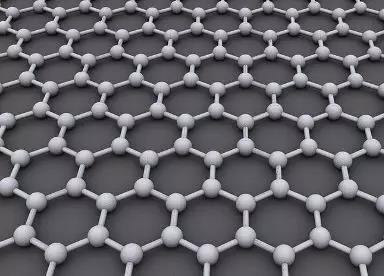
Figure 1 Graphene structure (transferred from Wikipedia)
Preparation of graphene
The preparation methods of graphene materials are mainly divided into two categories:
1. Graphite is used as the raw material to prepare the graphene layer by peeling methods, such as: mechanical peeling method, redox method, liquid phase peeling, etc.;
2. Graphene is synthesized through the rearrangement of carbon atoms, such as: chemical vapor deposition method, epitaxial growth method, organic synthesis method, etc.;
Graphene excellent performance
In terms of electrical properties, graphene has ultra-high carrier mobility (>15000 cm2/V·s) at normal temperature, and the resistivity is only about 10-6Ω·cm, which is lower than copper or silver, and it is the smallest resistivity so far The material is expected to become the base material of a new generation of electronic components.
In terms of optical performance, graphene has high light transmittance (3.2% absorption by a single layer) and looks almost transparent. With high light transmittance and low resistivity, transparent conductive films and photoelectric films can be developed.
In terms of mechanical properties, graphene is the highest-strength substance that humans have measured. It is 200 times stronger than steel and has a tensile modulus (stiffness) at 1 TPA (150, 000, 000 psi).
In terms of thermal properties, graphene has high thermal conductivity, with a thermal conductivity of up to 5300 W/m·K, which is higher than that of carbon nanotubes and diamond. The use of high thermal conductivity allows the development of heat dissipation films and coating materials. The thermally conductive membrane made of graphene material can achieve efficient heat dissipation between the lithium ion battery and the environment. Compared with traditional graphite sheet, it has faster heat conduction and better foldability.
In terms of biocompatibility, carboxyl ions can provide active functional groups on the surface of graphene materials, thereby greatly improving the cell and biological reactivity of the materials. Compared with the tubular shape of carbon nanotubes, graphene is in the shape of tulle, which is more suitable for the research of biological materials. And the edge of graphene is longer than that of carbon nanotubes, it is easier to be doped and chemically modified, and it is easier to accept functional groups.
Application of graphene
Graphene has incredible physical properties and is revolutionary for various fields.
1) Manufacturing medical sterilization products and food packaging
Chinese researchers have discovered that bacterial cells cannot grow on graphene, but human cells are not damaged. Using this feature of graphene, bandages and food packaging can be made.
2) Can produce mattresses, bedding, etc.
The reason why graphene is called "black gold" is because it has five functions: far infrared, moisture absorption, moisture resistance, antibacterial, antistatic, and long-term non-attenuation.
The functional mattress represented by graphene mattress is favored by the market, and the market prospect of the functional mattress is better.
The mattress is added with graphene, which has super antibacterial and bacteriostatic properties, which can inhibit the growth of bacteria, coupled with strong moisture absorption and dehumidification properties, to avoid the odor of bacteria. Ensure a comfortable, healthy and clean sleeping environment.
3) Can produce antibacterial clothing, underwear, etc.
Clothing made of graphene materials can stimulate far-infrared waves, antibacterial and bacteriostatic, and super dampness elimination through body temperature; strengthen the function of skin immune cells to achieve the effect of anti-inflammatory and antibacterial.
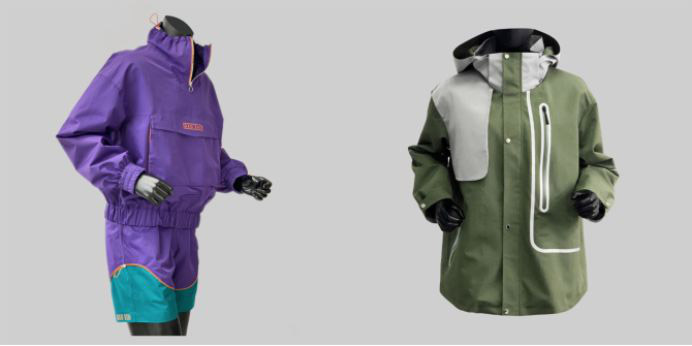
Figure 2 Graphene PA6 antibacterial clothing
The underwear made of graphene has broken the traditional manufacturing technology of underwear materials, and is a new breakthrough in the new era of dressing revolution.
4) Manufacturing graphene floor heating
Graphene floor heating radiates heat through the entire ground to radiate far infrared light waves, and the indoor temperature distribution gradually decreases from bottom to top. ,More comfortable. The graphene heating chip releases far-infrared light waves, that is, "light waves of life" when it is heated by work, which can effectively improve the immunity of the human body.
In addition to the above applications, graphene is often used in aviation, electronics industry, medicine and other fields due to its unique optical and mechanical properties, to achieve a true "treasure" type "black technology"!
-
Tel
17318817300
17318817305 -
E-mail
jy@highbery.cn
mhm@highbery.cn
 Wechat
Wechat Tik Tok
Tik Tok
Keywords: Henglibao graphene graphene PA6



Address: Factory Building 12A East, West Taihu Graphene Technology Industrial Park, Wujin District, Changzhou City, Jiangsu Province
苏ICP备20019413号-1 Powered by:www.300.cn Changzhou Copyright © 2019 Highbery Nano New Material
National Service Hotline

 Subsidiaries
Subsidiaries


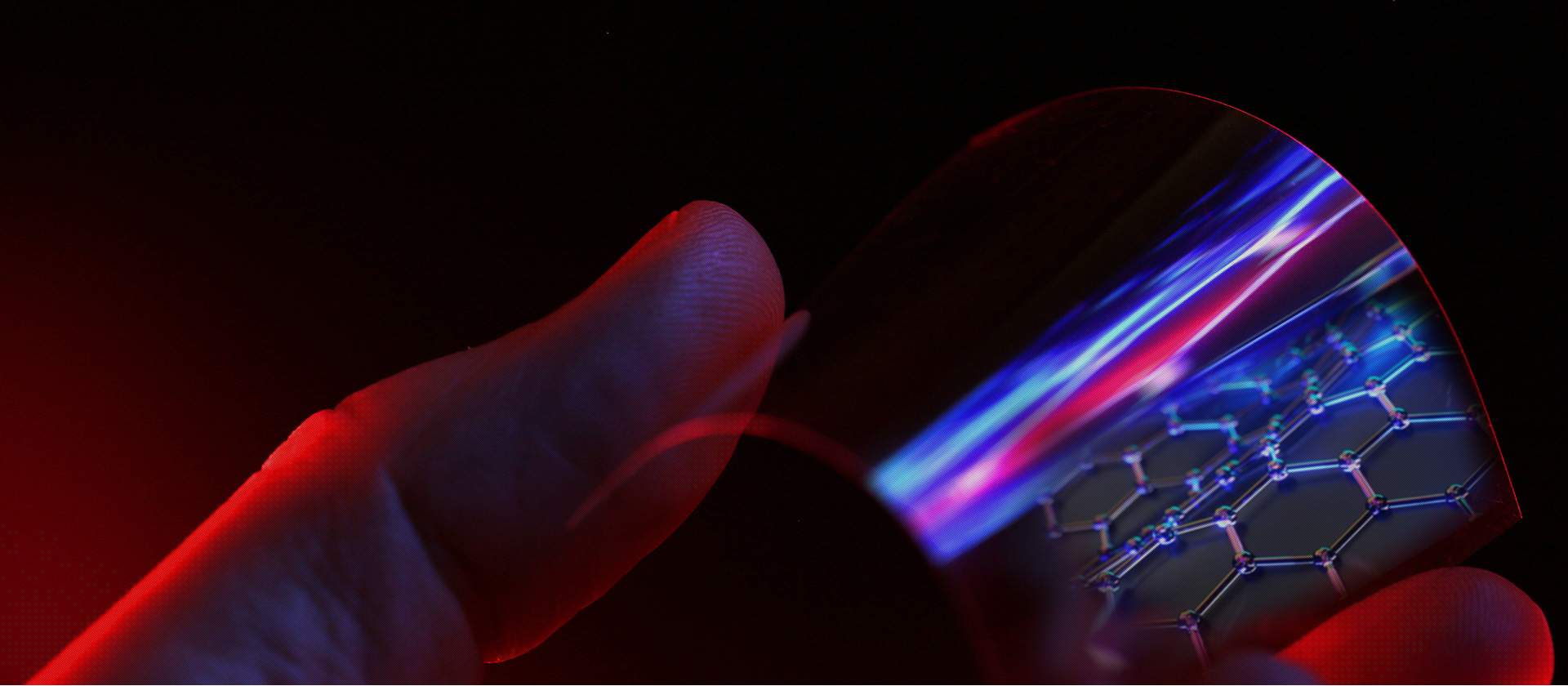

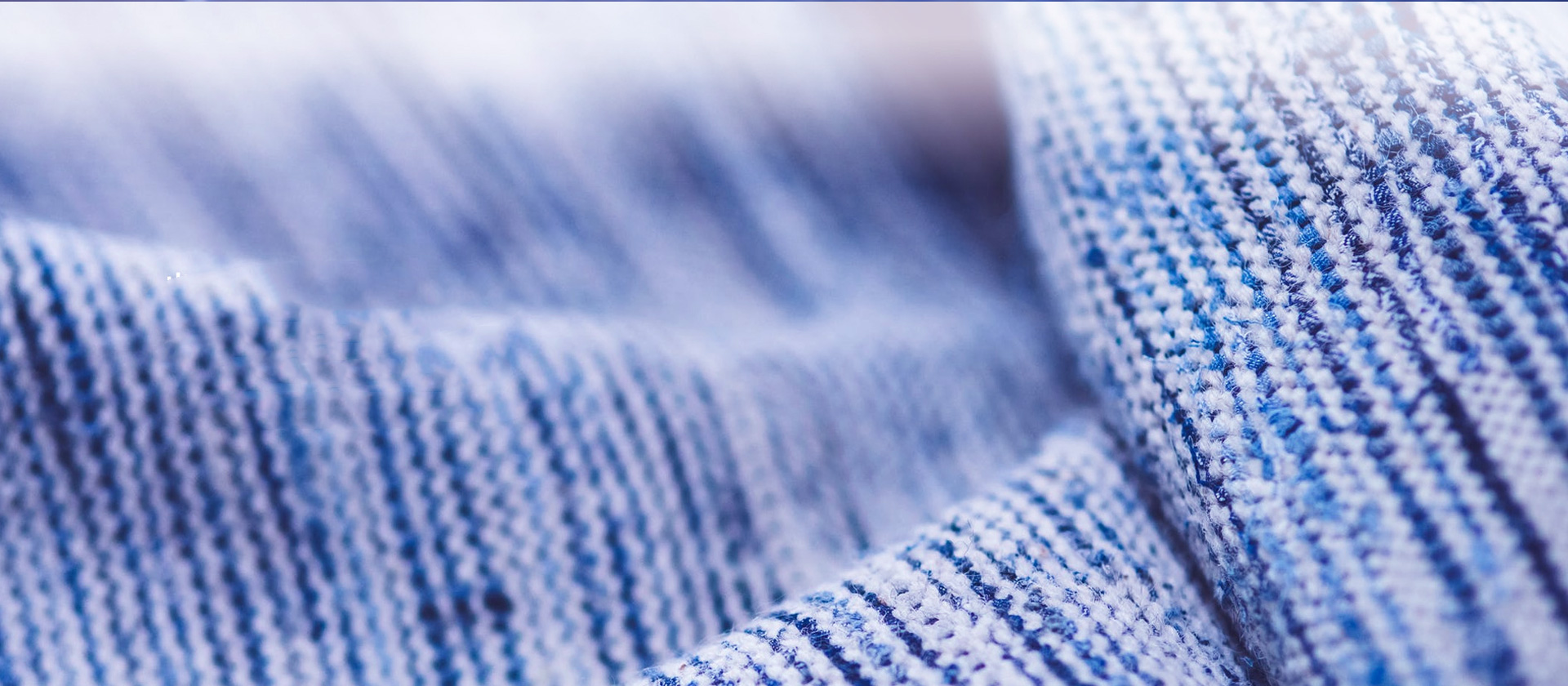
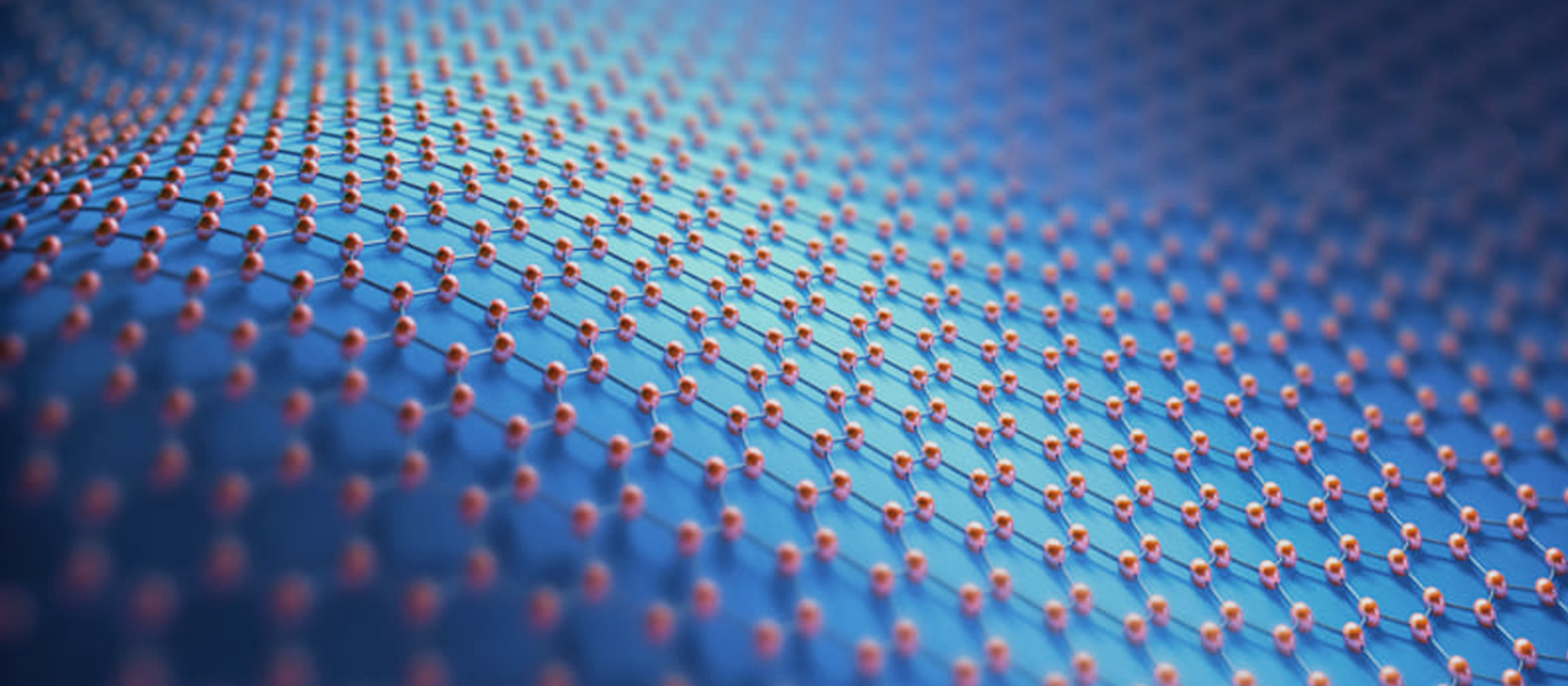
 The world's first industrial mass production
The world's first industrial mass production